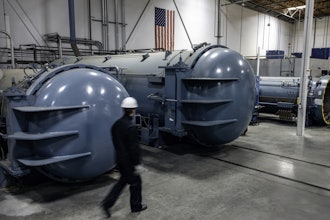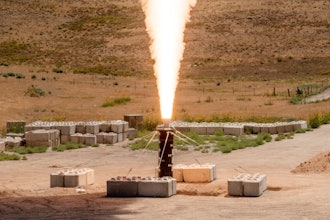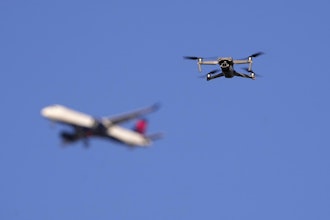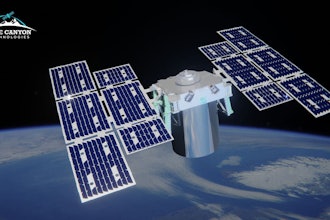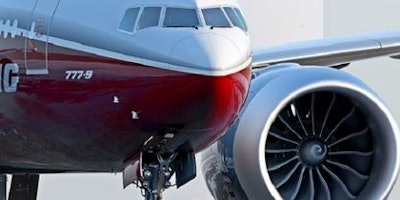
 The first model of the 777X Boeing airliner completed its firm configuration milestone on Aug. 27.
The first model of the 777X Boeing airliner completed its firm configuration milestone on Aug. 27.
The 777X series will be Boeing’s largest and most efficient twin-engine jets, following in the footsteps of the 777 and 787 Dreamliner, and the first in the series to be developed is the 777-9. Hitting the firm configuration milestone means that configuration trade studies, required to finalize the airplane’s capability and basic design, have been completed. Wind tunnel tests, aerodynamic performance, and structural loads are examined in order to allow the team to have a baseline for the design of the parts, assemblies, and other systems which will be needed to build the airplane. After that, it’s on to production.
"It's great to see the airlines and industry team side-by-side with us as we achieve this important milestone," said Bob Feldmann, vice president and general manager of the 777X program, Boeing Commercial Airplanes, in a press release. "The team has followed a disciplined process to complete all of the requirements for this stage of the program."
The 777X planes have a wingspan of 71.8 meters in flight, with a folding wing tip that lets them lose 23 feet of that width on the ground. The engines are GE9Xs, supplied by GE Aviation.
"The program is right where we want it to be," said Feldmann. "We have an airplane and production system that are on track and on schedule, and we remain laser focused on meeting our commitments to our customers."
Along with the large, folding wingspan, the 777X series has 12 percent lower fuel consumption and 10 percent lower operating costs than comparable competing aircraft, plus a redesigned interior for improved passenger comfort.
Six different airline customers have ordered a total of 320 airplanes from the 777X series so far. Production is expected to begin in 2017.















